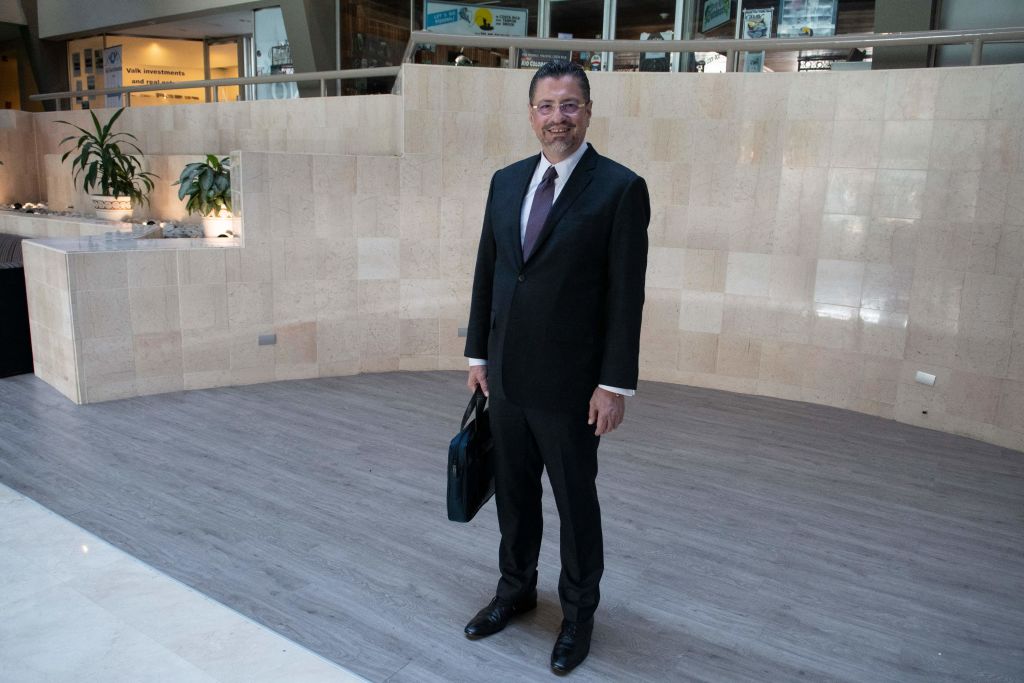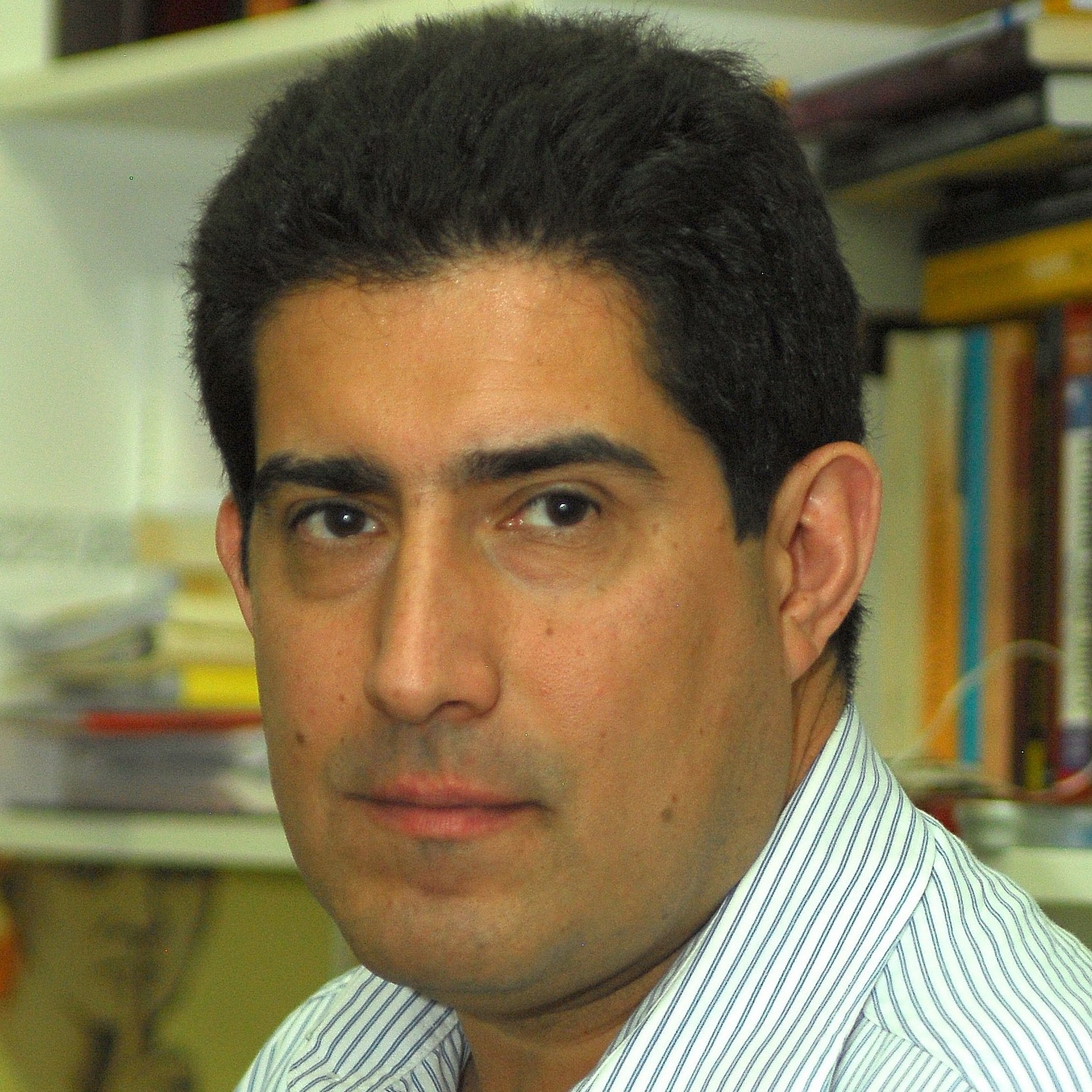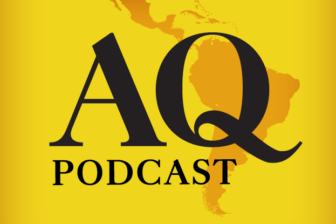SAN JOSÉ – Costa Rica on Sunday became the latest Latin American country to see voters lash out at the status quo, as the ruling party candidate received less than 1% of the vote in the first-round presidential election. But neither of the candidates who will now compete in the April runoff is a radical seeking to burn the house down. Whoever wins will face the challenge of fixing an economy struggling with high unemployment and debt, but also the opportunity to strengthen Costa Rica’s leadership in a region otherwise struggling with democratic backsliding. There are reasons for optimism ahead.
Twenty-four years after completing a presidential term (1994-1998), former president José María Figueres, now aged 67, received the highest vote share (27.3%) in the first-round vote. In the runoff on April 3, Figueres will face the 60-year-old Rodrigo Chaves, a former World Bank economist who served as finance minister for a short 6-month period in the outgoing Carlos Alvarado administration and who was running for office for the first time. Figueres is a market-friendly candidate who has embraced renewable energies. Chaves campaigned by highlighting his technocratic profile and promising more efficiency in government spending more effectively combat poverty and inequality.
As has been the norm since the pandemic struck Latin America, Costa Rican voters punished the incumbent government. After two terms in the presidency (2014-2022), the ruling Citizen’s Action Party (PAC) was thrashed at the polls. Its presidential candidate, Welmer Ramos, only received 0.7% of the vote in the first round, and the PAC lost the 10 seats it had won in 2018—leaving it without legislative representation for the first time since 2006.
Compared to other Latin American nations, Costa Rica’s economy did not suffer a sharp decline in 2020 (-4%) nor a dramatic rebound in 2021 (3.9%). Whereas Costa Rica reported a higher death rate from Covid-19 than other Central American nations, better record-keeping and more transparent policies explain those seemingly worse numbers. And the country has one of the most successful vaccine rollouts in the region, with 71.2% of its population fully vaccinated.
Costa Rica has experienced a realignment to a multi-party system the last two decades, as voters became tired of the traditional two-party rule that dominated politics. This year, 25 candidates ran for the presidency, an unprecedented number in Costa Rica’s long record of competitive elections. Although such an extended list of candidates usually spells trouble because fragmentation commonly translates into instability, there is no need to panic just yet in Costa Rica. The large number of presidential candidates was the result of a flaw in the institutional design that allows competitors to run for a legislative seat concurrently. For candidates from smaller parties who need to build name recognition, running for the presidency increases their chances of winning a legislative seat. Moreover, the leading presidential hopefuls mostly converged on policy. They differed on how to achieve their goals, not on what path the country should follow.
Only six parties won seats in the 57-member unicameral National Assembly. The two traditional parties, Figueres’ center-right National Liberation (PNL) and the more conservative Social Christian Unity (PSUC), received 19 and 10 seats each, respectively. Chaves’s emerging Social Democratic Progress Party received 9 seats. As in previous elections, new parties quickly become national contenders—but usually struggle to maintain their support levels beyond a single election cycle.

As the dust settles, Figueres and Chaves will use the two-month long runoff campaign period to attract support among the 55% of voters who chose other options in the first-round vote. They will also try to attract some of those who chose to abstain—four of every 10 registered voters stayed at home, higher than usual. Although Figueres starts with an advantage, Chaves gained momentum in recent weeks and surprisingly made it to the runoff — despite revelations about improper sexual conduct when he worked at the World Bank. Since neither Figueres nor Chaves will count on a majority of legislative seats, whoever wins the presidency will need to build support beyond his party to move forward with their agenda.
Regardless of who wins, Costa Rica’s next president will have one main challenge and one unique opportunity. As for the challenge, the next president will need to fix the economy. On Sunday’s election, Ticos voted with their minds set on their pockets—which haven’t fared well under the PAC governments. While Luis Guillermo Solís (2014-2018) oversaw a brief period of growth, his successor, Carlos Alvarado, was incapable of sustaining it. In all fairness, the pandemic hit halfway into Alvarado’s presidency. But even before the pandemic, the PAC government had failed to deliver on job creation. Since 2014, when the PAC rose to power, the unemployment rate has bordered double-digits. Before the pandemic, it was 12.4%. After peaking at 20% in 2020, it has dropped to 14.4% in recent months.
To put the country back on the right economic track, the next government will have to address the growing public sector debt. While Costa Rica has one of the best welfare regimes in Latin America, preserving it without sufficient reform has come at a high price. The growing fiscal debt is a straitjacket that might suffocate the next government. Ironically, the ruling PAC party rose to power as a party that championed economic reform. Ottón Solís (no relation to the ex-president), one of the party’s founders and presidential candidate in 2002, 2006, and 2010, is a known fiscal hawk. Nonetheless, the PAC failed to reign in fiscal spending. In 2014, gross government debt was 37.4% of GDP. Eight years and two PAC governments later, it exceeds 70%. The pandemic forced the government to increase spending and consequently amass higher debt. If left unchecked, Costa Rica’s public sector debt risks surpassing 90% of GDP in the coming years. That will come at the cost of hardworking Ticos.
Costa Rica’s next president will also have a remarkable opportunity to rise as a legitimate regional leader in a region suffering from authoritarianism. Guatemala, which will hold elections in 2023, faces severe problems in guaranteeing fairness and competitive elections. In El Salvador, Nayib Bukele has deteriorated the rule of law and co-opted government branches in paving the way for a reelection bid in 2024. The Honduran opposition overcame serious obstacles and defeated the autocratic National Party, which looted the country for over a decade. However, President Xiomara Castro’s ability to govern remains uncertain. After all, her government started with two congressional leaderships claiming legitimacy—a bad sign for a country with a recent record of removing presidents through brute force. And in Nicaragua, Daniel Ortega strengthened his grasp on power following last year’s sham elections—turning the country into Latin America’s newest dictatorship.
Costa Rica should direct more vigorous efforts to aid democracy in Central America. It could start by championing a genuine democratic charter within the Central American Integration System (SICA) and the Central American Bank for Economic Integration (BCIE), which have turned a blind eye as authoritarianism has gained ground in the region. But since it will be challenging for Costa Rica to be a leader if the government fails to solve its main domestic problems, the next president will first need to put the house in order. After previous Costa Rican governments played a crucial role in ending the bloody civil wars that wreaked havoc in Central America in the 1980s, with the right leadership in place, Costa Rica’s next president could regain its status as a much-needed champion of democracy.
—
Navia is a contributing columnist for Americas Quarterly, professor of liberal studies at NYU, and professor of political science at Diego Portales University in Chile. You can follow him on Twitter @patricionavia.
Perelló is a visiting instructor of international studies at Marymount Manhattan College and Ph.D. candidate in politics at The New School. You can follow him on Twitter @lucas_perello.










